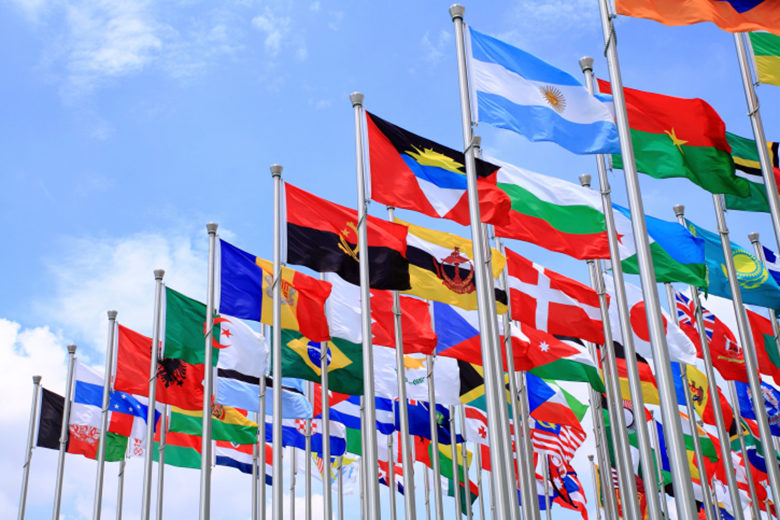
Today is World Health Day, an annual event sponsored by the World Health Organization (WHO) to promote greater awareness of global health issues. Conferences and activities all over the world will address diverse topics, including life expectancy, infant mortality, spread of diseases, access to clean drinking water and health care infrastructure, to mention a few.
Life expectancy, in particular, has long been considered a leading indicator for progress or decline of public health, and many changes have taken place in this regard over time. However, the gap between the richest and poorest parts of the world in terms of health status and longevity remains wide and may not significantly narrow in the foreseeable future. For example, most African populations still fall many years short behind their European and North American counterparts.
An outlier turns out to be Qatar, which is now rated by 24/7 Wall Street to be the healthiest country in the world. Why Qatar? Although this relatively small country with a population of just over 2 million has no national health-care system, easy and affordable access to medical services seems one of their distinguishing factors. With more than three physicians per 1,000 people, the country is better staffed with health-care professionals than most others. By comparison, the United States has less than two and a half doctors per 1,000 inhabitants, while Canada has about two doctors per 1,000 people.
Yet, the U.S. is well known for having the highest medical expenditures in the world. According to the Commonwealth Fund, the annual per capita spending on healthcare here is well over $8,000. Canada spends a bit more than half as much. What do Americans get in return for that kind of money? Unfortunately, a lot less than one would expect. Among 10 of the most developed countries, the U.S. comes in dead last, behind Canada, Australia, New Zealand and most European nations. The most striking deficiencies are related to a convoluted health-care system that is less efficient and less affordable for large parts of the population.
Inequality is a particularly pressing problem. According to the report on health care spending and based on data by the WHO, the U.S. ranks clearly last on measures of equal access to health care. "Americans with below-average incomes were much more likely than their counterparts in other countries to report not visiting a physician when sick; not getting a recommended test, treatment, or follow-up care; or not filling a prescription or skipping doses when needed because of costs. On each of these indicators, one third or more lower-income adults in the U.S. said they went without needed care because of costs," it said in the report.
By contrast, Canada was generally lauded for its universal health-care system but also faulted for its high costs as well as timeliness and efficiency of care. High marks were given to Australia for quality and cost efficiency.
To turn things around, WHO experts recommend that policymakers in the respective health-care systems first combat today's fastest spreading health threats such as lifestyle-related chronic diseases — non-communicable diseases including cancer, heart disease and lung disease, largely through preventive measures like reducing tobacco use and dietary improvements.




